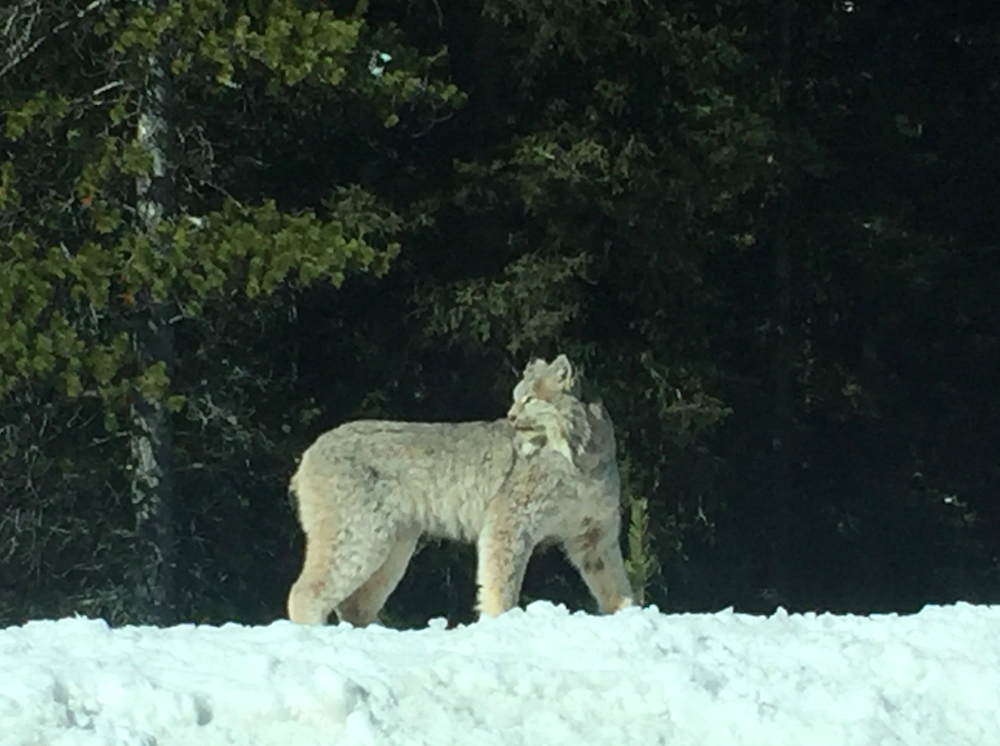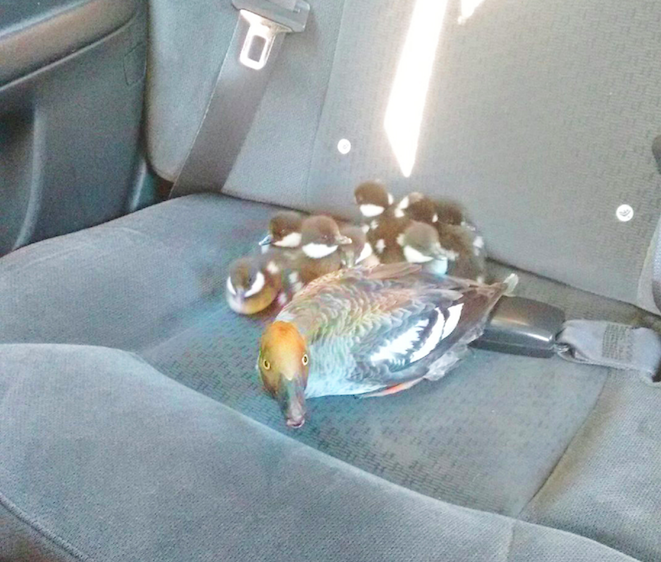New research, published in Nature Climate Change, suggests temperature is not the only environmental factor affecting the future energy needs of cold-blooded animals.
How they interact with other species will also play a role.
The findings suggest cold-blooded animals will need even more energy in a warmer world than previously thought. This may increase their extinction risk. Cold-blooded animals depend on the conditions of their environment around them. As the planet warms due to climate change, these critters need more energy.
Most animals alive today are cold-blooded, or “ectotherms”. Insects, worms, fish, crustaceans, amphibians and reptiles—basically all creatures except mammals and birds—are ectotherms.
As human-induced climate change raises global temperatures, the body temperatures of cold-blooded animals are also expected to rise.
Researchers say the metabolic rate of some land-based ectotherms may have already increased by between 3.5% and 12% due to climate warming that’s already occurred. But this prediction doesn’t account for the animals’ capacity to physiologically “acclimate” to warmer temperatures.
Acclimation refers to an animal’s ability to remodel its physiology to cope with a change in its environment.
The amount of energy animals use in a given amount of time is called their metabolic rate.
Metabolic rate is influenced by a variety of factors, including body size and activity levels. Larger animals have higher metabolic rates than smaller animals, and active animals have higher metabolic rates than inactive animals.
Metabolic rate also depends on body temperature. This is because temperature affects the rate at which the biochemical reactions involved in energy metabolism proceed. Generally, if an animal’s body temperature increases, its metabolic rate will accelerate exponentially.
But rarely can acclimation fully negate the effect of temperature on metabolic processes. For this reason, by the end of the century land-based ectotherms are still predicted to have metabolic rates about 20 to 30 per cent higher than they are now. That increased higher metabolic rates means that animals will need more food and if it’s not available, they’ll have less energy to find a mate and reproduce.




